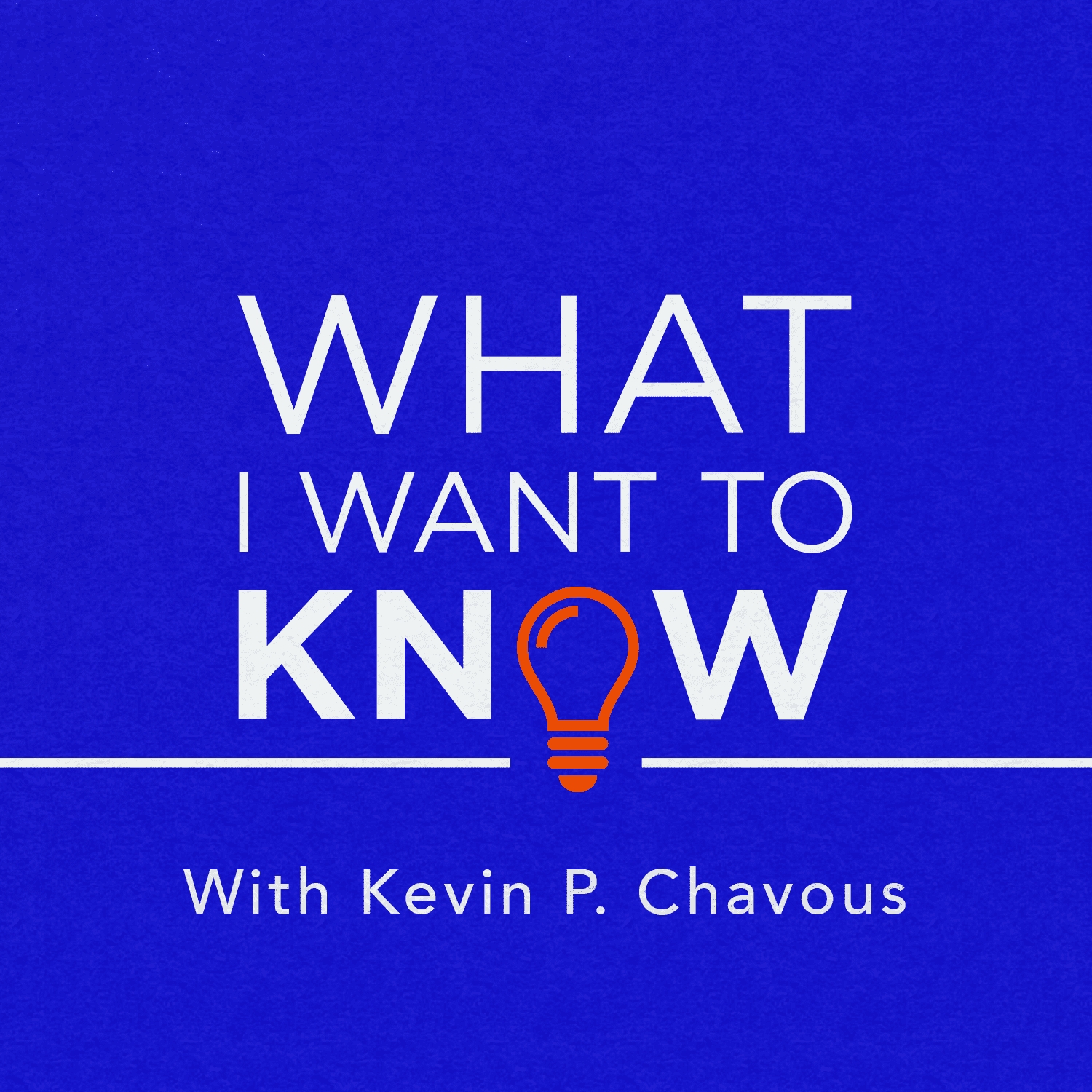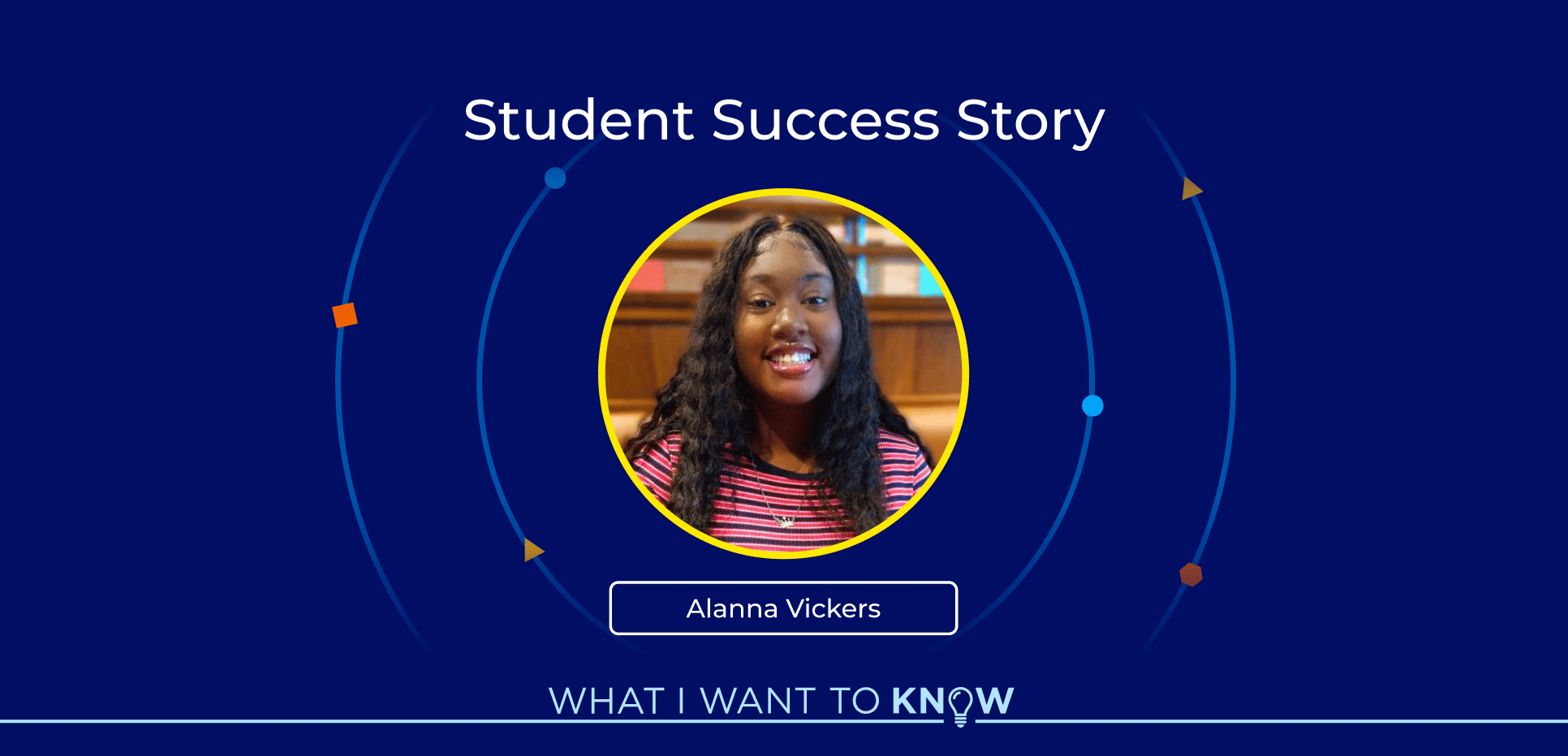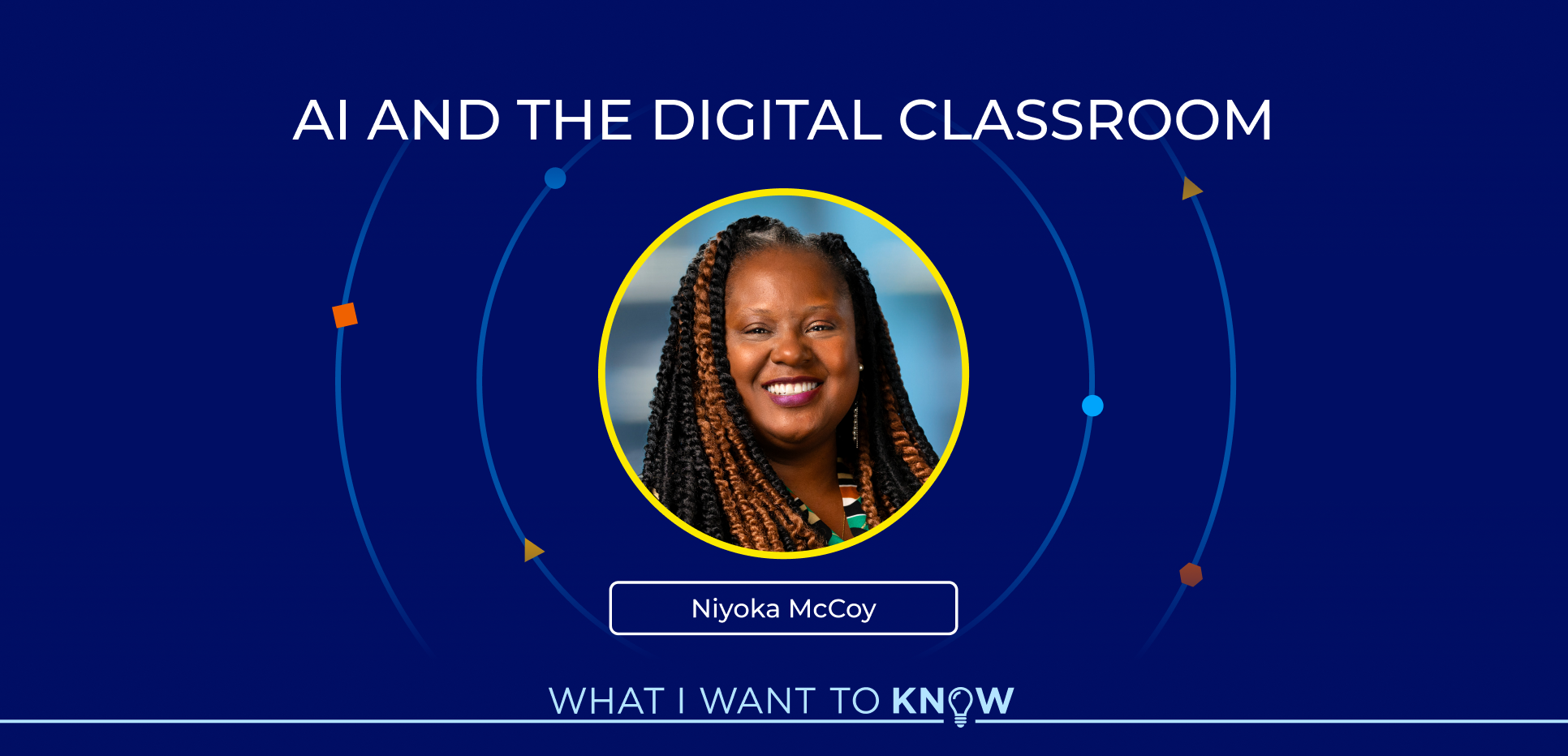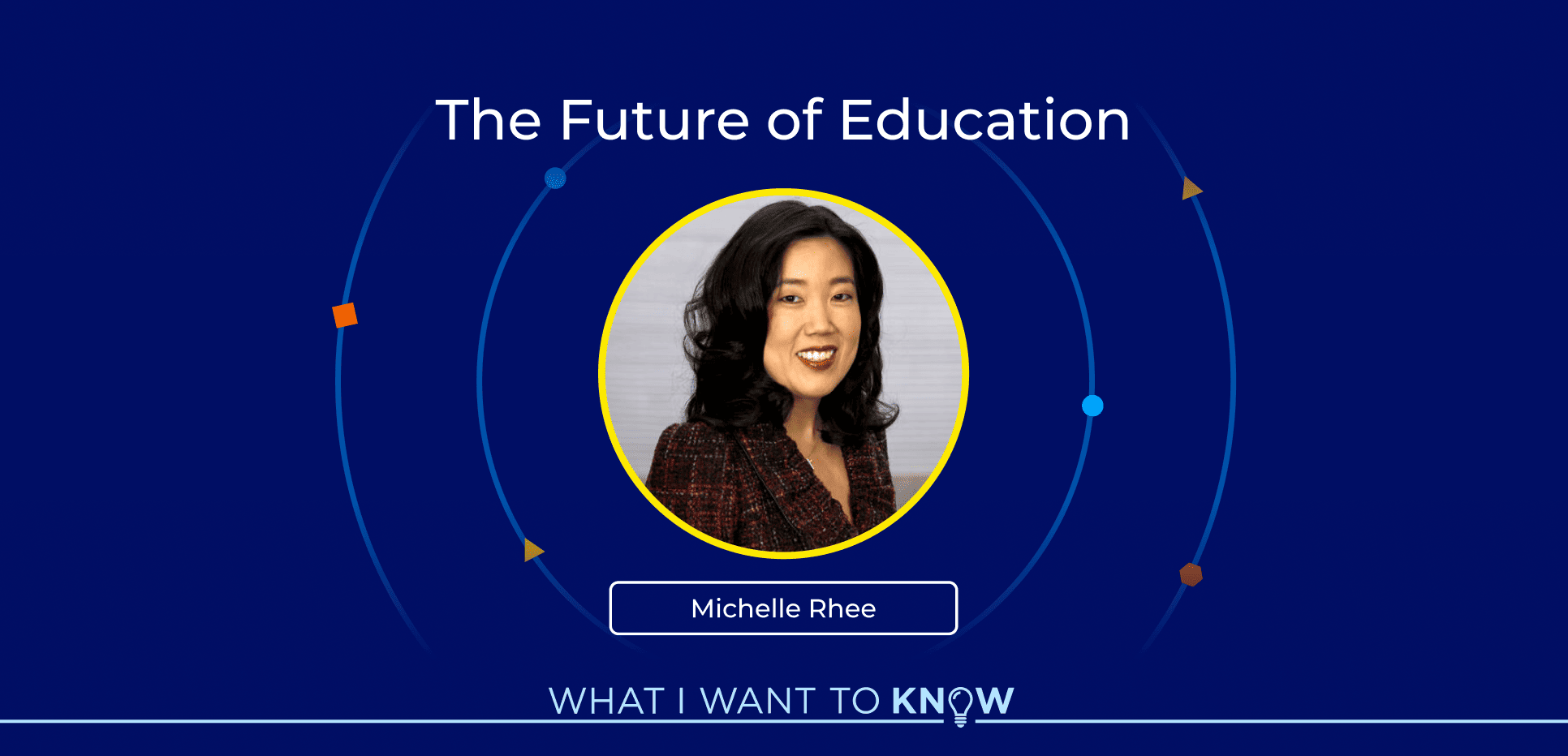School suspension is the number one predictor of whether a child will drop out of school, become reliant on social services, or spend time in prison as an adult. Still, students as young as four-years-old lose 11 million instructional days to out-of-school suspensions each year. And when they do, they take the first steps down a path toward the criminal justice system. What can we do to break the “school-to-prison pipeline?” And why aren’t we doing more to address the fact that Black students are suspended three times more than white students and students of color are referred to the police more than twice as often as their white counterparts?
In this episode, Jonathan Cabrera, founder and CEO of Abstract Lifestyle, professor, rapper, and community activist, joins Kevin to discuss how we can engage troubled youth in ways that keep them from seeing the inside of a prison cell.
Listen to the Full Audio
Listen on: Apple Podcast, Spotify
Transcript
Kevin: School suspension is the number one predictor of whether a child will drop out of school, become reliant on social services, or spend time in prison as an adult. Still, students as young as four years old lose 11 million instructional days to out-of-school suspensions each year. And when they do, they take the first steps down a path toward the criminal justice system. What can we do to break the school-to-prison pipeline? And why aren’t we doing more to address the fact that black students are suspended three times more than white students and students of color are referred to the police more than twice as often as their white counterparts? This is “What I Want to Know.”
Kevin: And today, I’m joined by Jonathan Cabrera to find out. Jonathan Cabrera is a professor, rapper, and community activist committed to breaking the school-to-prison pipeline. He began his career in the halfway houses of Patterson, New Jersey, helping individuals acclimate to life outside of prison. From there, he moved to New York City’s Rikers Island where he assisted inmates and their transition back to society. Today, Jonathan is a criminal justice professor at Hudson County Community College and Rutgers University. He is with us today to discuss how we can engage troubled youth in ways that keep them from seeing the inside of a prison cell. Jonathan, welcome to the show.
Jonathan: Thank you. I appreciate it. Thanks so much.
Kevin: I wanna go into some background. You’re a college professor, but you really focused on disrupting the school-to-prison pipeline. And in looking at your background, you grew up in Queens and in the neighborhood you ran in, in fact in many neighborhoods around America, it’s hard to avoid, you know, the hard knocks. How did you escape that life?
Jonathan: Right. For me, I think it’s more just coming in contact with certain people. Having good influences, positive energy around you that helps out a lot especially when there’s a lot of negativity that’s is gonna find you, you know. You don’t even have to look for it to be honest, like it honestly finds you almost every day. And you have to every day make a conscious decision to say, “That’s not what I wanna do,” or, “That’s not the route I wanna go.” But it’s a lot easier said than done. Anybody can literally end up in prison, in jail, you know? And there’s many cases and situations we could look at. So I think for me, you know, it was learning from the failures of, you know, the shortcomings of many individuals around me, but at the same time, having certain people come into my life, that definitely assisted me a lot
Kevin: It’s fate, is circumstance, is timing, opportunity. It’s a lot of things. And in talking to young men, I know in the DC area that I work with many of them did not even know they were being swept into the life. And people talk about the importance of education, but when you’re in that survival mode and you’re in an environment where you can’t be a sheet, then you almost don’t have the luxury to think about, “Well, what am gonna do? How am I gonna get in college or my SATs and all that.” But at some point, you realized that that was important. When did that happen?
Jonathan: Well, I’ll be honest with you, my guidance counselor, I didn’t even know who they were until my senior year of high school. I never met my guidance counselor. I was never called into the office to meet my guidance counselor. The only reason I went to see my guidance counselor was because my teacher who was a gym teacher, but, you know, props for her for pushing us, said, “Hey, your guidance counselors have to meet with you. At the very least, you have to apply to community college, or to the four-year school down the block,” which was in the middle of the hood.
So, I didn’t meet my guidance counselor until my senior year when I was pretty much out the door. I think I took the SATs, yeah, I took it one time, but I know I bombed, like I was not ready for real. I was not prepared. So I basically ended up going to a four-year university that’s just like one level higher than community college, but pretty much at the bottom, as far as like ranking.
Kevin: Like an open enrollment school?
Jonathan: Exactly. Yeah.
Kevin: How did you take to the college environment once you got going?
Jonathan: For me, it was pretty good. Like I said, it was like the lowest level of, I guess, a four-year school that you would classify it as, but for me, it worked perfectly. It was like 15 minutes walking from where I lived. It was very much a welcoming environment. NJCU, shout out to NJCU, is ranked as one of the top 10 most diverse schools in the country. So I didn’t feel like I was out of place. I pretty much went to school with people that I knew from high school, people I knew from the area or from even the church that I was attending. And so, it allowed for me to feel comfortable, which I think is the most important thing.
I always lead presentations and workshops with that. Your students, before they learn, they have to be comfortable. If they’re not comfortable, if they don’t feel like they can go there and just be free to learn, they’re not gonna learn. You know, it’s gonna be difficult because that’s an impediment. And so, walking into that environment, I’ve seen people that look like me, people that talk like me, listen to the same music as me. We like to work out, we play sports, this and that. So, you know, I didn’t feel like I was a fish out of water. And then I also had the opportunity to be part of the TRIO program, which it’s a state-funded program, you know. I know they wanna repeal certain programs, take back the grants, and things like that.
But that program really made a huge difference because I had the opportunity to have my own personal guidance counselor. I was able to sit down with her for 30 minutes to up to an hour if I needed to, where I know a lot of students, because there’s only so many guidance counselors outside of programs they’re probably spending 10, 15 minutes with the counselor and that’s it, you’re out, you know? So that made a huge difference for me, you know, TRIO. I know people that were part of OSP/EOF, you know. So those types of programs, they make a huge difference.
Kevin: Let me ask you this. While you were in school, at some point you decided that you wanted to dedicate your career to helping those who had those stumbles in life. And, you know, you were a case manager at a halfway house. You worked at Rikers Island in New York City. What pushed you to choose that path?
Jonathan: I was in student government and I had a friend that he did an internship at the halfway house. And when he did the internship, he then got an opportunity to actually work there. And pretty much he graduated a year before me, but he said, “Hey, yo, listen, if you wanna come over here, like just to get some experience, let me know. I’ll flag your resume and we’ll see what’s up.” I did that. I came through to the interview. I was only 21 at the time.
So part of that interview process was I had to speak in a room full of grown men, you know, about 20, 30 grown men just coming home from prison. And they just looking at you like… I just came through with authenticity, with great energy. And then I also rap. So, you know, that was something that helps me a lot to connect with the population, because I’m not saying you gotta rap your way through life, but if you got the skill, you know what I’m saying, boom-bat is definitely gonna help.
Kevin: And I’ve seen the video, so, you know, you use your skill at rapping and talking with students to get them comfortable. Like you talked about the comfort level of being in a welcoming environment in an educational setting is so important.
But let me ask you this, when you talk about the school-to-prison pipeline, with your experience where you grew up and having been in a school that didn’t serve you well and been around people who were caught up in various aspects of the life, worked at Rikers, halfway houses, and now a college professor, it seems to me that you have a rounded view of what it takes to sort of jump over those hurdles? And where do we start?
If you’re talking to, you know, the president, if you’re talking to the mayor, governor, if you’re talking to all these folks who are supposedly in charge, how would you redesign things to break up that school-to-prison pipeline?
Jonathan: The first place of education is the home. You know, if there’s an unhealthy home environment, it don’t matter what the teachers do, it don’t matter what the counselors do, that child is gonna struggle. That child is gonna go through, you know, the ups and downs and the turmoil. So if, for example, the president we see here, you know, create more opportunities for, you know, for socioeconomic wealth to come up into our environments, you know.
At the end of the day, all of this is a money game, you know. Wherever you follow the money, you can see what time it is, what’s going on. And a lot of families, for example, you know, even families that are well-intentioned and they wanna take care of their kids, they can’t even do that because they gotta work three, four jobs.
Even if there’s not more employment opportunities, at least more recreational programs, things where if kids can’t be at home with their parents and things of that nature, they’re at least still learning positivity on their way up into adulthood, as opposed to let’s say being outside, you know, seeing the negativity that can come into somebody’s life and things of that nature.
As far as schools directly, you know, one of the first things that I know noticed when I stepped in Rikers, and I never stepped in Rikers a day in my life prior to working in there, was the sense of familiarity. I was like for that whole first week, I just kept thinking like, why do I feel like I’ve been in Rikers before? And, you know, it took a whole week for me to think about it, but I came to the conclusion that it reminded me of high school.
It reminded me of going through the metal detectors. It reminded me of getting patted down, getting wanded, the dim lighting in the hallways, the brick walls, you know. And most importantly, it’s the ambiance, the energy of the people because I’m looking at the guys walking down the hall, joking, you know what I’m saying? Even just the way they look I’m like, “These are guys I would be cool with.”
Kevin: Well, I’m gonna tell you, I knew you had game, Jonathan, but that was pretty astute, what you just said, because it really does make sense. I hadn’t thought of it like that. And I’ve been to several correctional facilities, but you’re absolutely right. We have, in many of our schools, we’ve imitated the same environment that you see in these facilities. So it’s almost like a natural progression. When you talk about comfort level, the people who end up in some of those prisons or correctional facilities, it’s the same feeling of comfort that they had in the schools that maybe didn’t serve them well.
Jonathan: Right. Exactly. And even deeper than that is some of the public housing that a lot of the kids come from, you know, I show my students an over-the-top view of what Rikers Island looks like. And, you know, usually, the facilities are like X-shaped, you know. There’s like annexes, they’re… You know, like the halls are built a certain way so that it’s easier to see down and, etc. Then I show them a picture of what the projects look like overhead, same exact thing.
And it’s like, even from the moment that you’re born and you come into this world, like if you grew up in public housing, for example, you know, that aesthetic, that dynamic has already been… It’s already something that you’re familiar with, you know? And so it doesn’t become as much of a shock for somebody coming from that environment, as opposed to somebody coming from, you know, a more suburban environment where they never had to experience anything similar to that. So that, just the architecture itself, that changes a lot, you know, of people’s mentalities and the way that they perceive life in general.
Kevin: So we redesigned the way education presents itself to folks in various neighborhoods. But what about this idea of how we teach kids? There’s almost this, you know, a regimented approach where you’re supposed to sit still, not move and follow the lead of the classroom teacher. That’s not the approach you take.
Jonathan: We know that a lot of teachers don’t look like us. They don’t look like the students that they’re “teaching.” And so, you know, no fault of theirs, you know, to whatever degree, but it’s like, you can’t… Like the culture is something that you just have to come up in. You know what I’m saying? Like in black, Hispanic homes, a lot of things is movement, you know what I’m saying?
Like we, we grow up dancing. We grow up like learning how to cross people up on the basketball court or, you know, sliding into home plate headfirst. So it’s like, you know, a lot of things are cultural. And so that means that learning is gonna be cultural to some extent too. Like. the way that you learn is gonna be based off of what you’re already familiar with.
What makes it difficult for students of color in specific is, you know, a lot of teachers and professors, they ban, you know, their culture from being present in the classroom and, you know, whether it’s…and that’s why I use hip hop often because the students, they consume that for free. So it’s like if they already consumed this for free, why would I not use it to my advantage to help them learn even further?
Kevin: Yeah. Let me quickly go back to the point you made about sort of the number one challenge in terms of breaking the school-to-prison pipeline is a home life. And, you know, we now have generations on top of generations of kids whose parents didn’t have that support whose grandparents, great-grandparents. And I still think that the approach that Geoffrey Canada used in New York, the Harlem Children’s Zone, where you build a community around those kids that come from challenged backgrounds. You take a four or five-square-block radius, I mean, Geoffrey wrote the forward to my first book.
And when I visited with him, when they heard a girl or a woman and they had pregnancies as young as 12, 13 years old was pregnant, they knocked on their door, prenatal care, brought them to classes. They had GED classes for the adults in the evening. They had mentors. No child in that Harlem Children’s Zone operated alone. And I mean, don’t you think there’s value in trying to find a way to build a community around those challenged circumstances?
Jonathan: One thing that I’ve learned is unfortunately we can’t depend on, you know, the governor or the politician, the office to just kind of just come into the neighborhood and just clean things up. Like, unfortunately, you know, especially if that’s not the agenda, right? Like we have to understand like this is not gonna change unless we change it.
And part of it comes down to just being grassroots in nature, you know, like let’s go back to the old way of thinking which, “Oh, you need some money for groceries? Let’s gather up a fund and let’s help each other out and things like that.” But it’s like, I read one time in an article, social media has made people more anti-social and, you know, just the way of thinking has been warped. We’ve gotten very far away from that. But I think that approach is very important because ultimately it is about connectivity, it’s about community, you know what I’m saying?
Kevin: So, Jonathan, I have one last question. This is an out of the box question because I asked you about the government and we talked about the community. But this is what I really wanna know, what can the average person do in their day-to-day life that will contribute to disrupting the school-to-prison pipeline?
Jonathan: I definitely think having the conversation. A lot of people are not even aware that it exists. They believe that because this is school, that schools just automatically have your best intention in mind. And we know that’s not the case. You know, it’s unfortunate to say, but it’s true. And, you know, you have to take everything with a grain of salt, I’m not saying to be hypercritical of schools because they’re working with what they can. But at the same time, acknowledging that there is a pipeline, you know, schools that have children of color are more likely to have police officers in the school. So you’re more likely to get arrested, you know?
I remember I showed to my class a video of, and I think this was in Orlando that, you know, the school called the police on a five year-old-girl. And they actually arrested her and you know, they got a mugshot of her and everything. And, you know, this comes back to, you know, in this new world of social media being anti-social there was so many protocols that were missed by the school itself, obviously, by the police in that situation too. But the school could have handled that way differently. You know, and I think that once we understand that that’s a reality and a possibility for any of our kids, you know, we’ll take it more seriously and kind of give them better cues on how to start thinking about their education in general.
Kevin: Yeah. Well, Jonathan Cabrera, thank you for what you’re doing. And I want you to know I enjoyed watching your rapping too.
Jonathan: Yeah? Okay. I appreciate that.
Kevin: Yeah. You got it going on, so, but thank you for joining us on “What I Want to Know.” Thanks for joining “What I Want to Know.” Be sure to follow and subscribe to the show on Apple Podcast, Spotify, or your favorite podcast app. And don’t forget to write a review too. Explore other episodes and dive into our discussions on the future of education.
I also encourage you to join the conversation and let me know what you want to know using #wiwtk on social media. That’s #wiwtk on social media. For more information on Stride, visit stridelearning.com. I’m your host, Kevin P. Chavous. Thank you for joining “What I Want to Know.”
Meet Jonathan
Jonathan Cabrera is a professor, rapper, and community activist committed to breaking the school-to-prison pipeline. He began his career in Paterson, New Jersey, halfway houses helping individuals acclimate to life outside of prison. Jonathan moved to New York City’s Rikers Island from there, where he assisted inmates’ transitions back to society. Today, he is a criminal justice professor at Hudson County Community College and Rutgers University.







